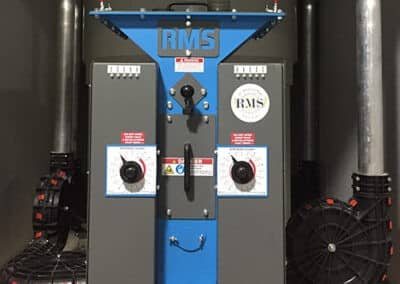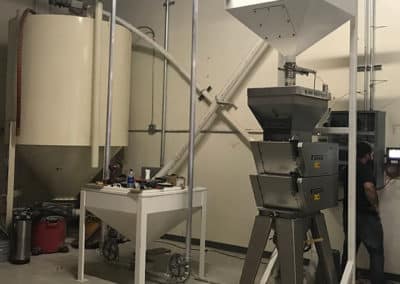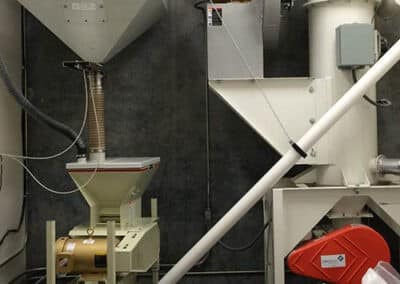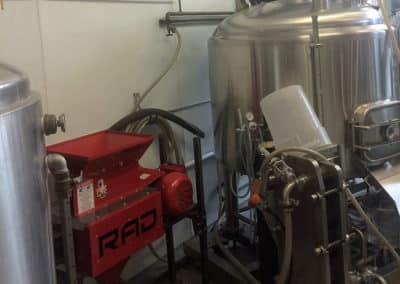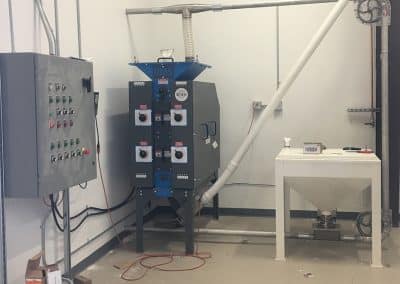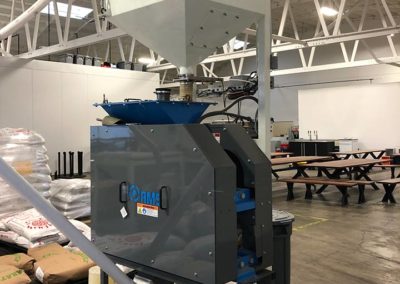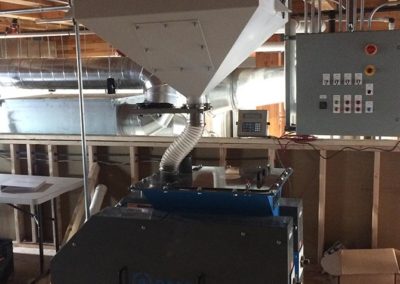Brewery Mills
Brewery & distillery grain mills are roller mills, usually with 2-4 rollers. Using roller mills (as opposed to hammer mills) preserves grain husks, minimizes dust, and bypasses the maintenance of screens.
Mill choice comes down to roller size, roller quantity, and quality. Quality is determined by reliability, dust egress, and precision of grind.
Roller Size
Regardless of roller quantity, initial surface area determines throughput. As you can see from the table below, this is determined more by length than width. Width contributes to longevity and consistency.
Roller quantity
More rollers means more consistency and control. With a second pair of rollers the first pair can be backed off, bringing the grains down to a consistent size and reducing jarring on the second pair. This lets you keep more husks in-tact and reduce the presence of fines.
Build Quality
For brewers this usually comes down to RAD vs. RMS, a simple matter of budget. Getting a heavier-duty mill off the bat will surely cost less in the long run due to repairs and down-time. But if you really need that extra money now, a lighter mill will do. It’s worth noting, however, that better mills have more benefits than direct long-term cost. They’ll also create less dust, less noise, and will allow you to control the grind more finely, which will improve yields.
All sourced equipment is provided for the same price brewers get direct.
The value we add to the manufacturer in exchange for a discount is volume, and the value we add for the brewer is they can receive sales and service for their whole system from one point of contact.
RAD vs. RMS
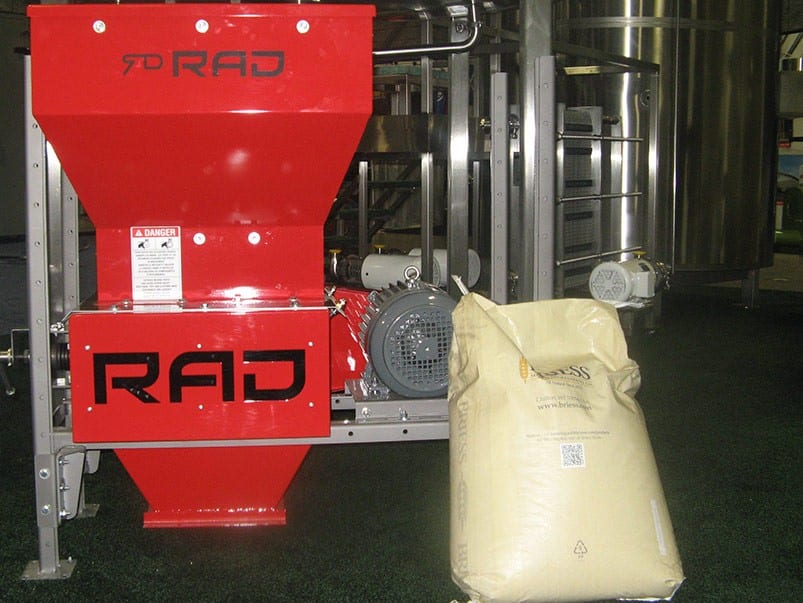
40-60 lbs/min
Strong quality and minimalistic
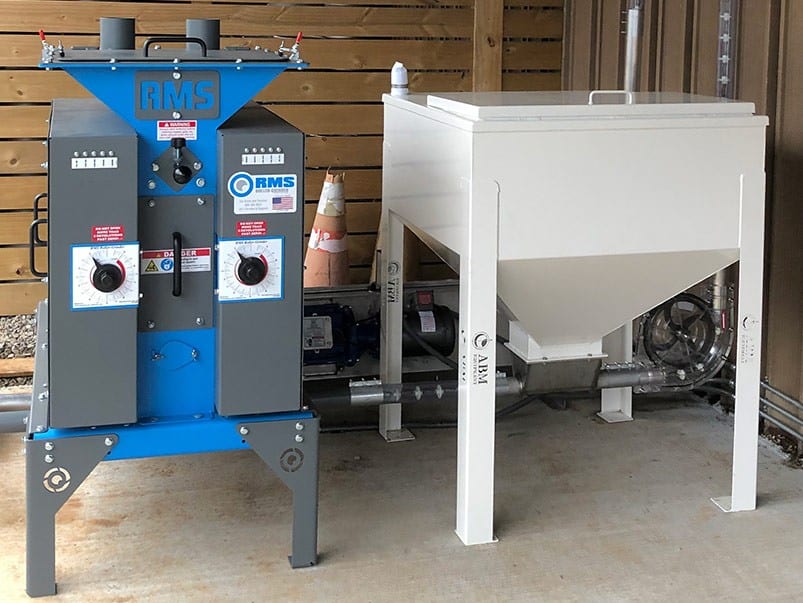
40-60 lbs/min
Super sturdy, dust-tight, & quiet
Choosing a model
As reflected in the table, there is some overlap of when certain models are viable depending on recipes and how many runs you do in a day. The key is to make sure your mill can finish batches at least as quickly as your minimum mash time.
In general this table goes higher quality as you move right, but the exception is the RMS 6×6. This is the model they made to compete in the lower price bracket and is the only reason RMS and RAD’s prices overlap.
| System Size ( BBL) | RAD 2-Roller | RAD 4-Roller | RMS 2-Roller | RMS 4-Roller |
| 3-10 | 6.5″ x 4.5″ (40 lbs/min) | N/A | 6″ x 6″ (20 lbs/min) | N/A |
| 7-20 | 6.5″ x 7.5″ (60 lbs/min) | 6.5″ x 7.5″ (60 lbs/min) | 9″ x 6″ (50 lbs/min) | 9″ x 6″ (50 lbs/min) |
| 15-40 | 6.5″ x 7.5″ (60 lbs/min) | 6.5″ x 7.5″ (60 lbs/min) | 9″ x 12″ (83 lbs/min) | 9″ x 12″ (83 lbs/min) |
| 30-60 | N/A | N/A | 9″ x 18″ (167 lbs/min) | 9″ x 18″ (167 lbs/min) |
| System Size ( BBL) | RAD 2-Roller | RAD 4-Roller | RMS 2-Roller | RMS 4-Roller |
| 3-10 | 6.5″ x 4.5″ (40 lbs/min) | N/A | 6″ x 6″ (20 lbs/min) | N/A |
| 7-20 | 6.5″ x 7.5″ (60 lbs/min) | 6.5″ x 7.5″ (60 lbs/min) | 9″ x 6″ (50 lbs/min) | 9″ x 6″ (50 lbs/min) |
| 15-40 | 6.5″ x 7.5″ (60 lbs/min) | 6.5″ x 7.5″ (60 lbs/min) | 9″ x 12″ (83 lbs/min) | 9″ x 12″ (83 lbs/min) |
| 30-60 | N/A | N/A | 9″ x 18″ (167 lbs/min) | 9″ x 18″ (167 lbs/min) |
See table with corresponding model images here.
System Size
RAD 2-Roller
RAD 4-Roller
RMS 2-Roller
RMS 4-Roller
3-10 BBL
6.5″ x 4.5″ (40 lbs/min)
N/A
6″ x 6″ (20 lbs/min)
N/A
7-20 BBL
6.5″ x 7.5″ (60 lbs/min)
6.5″ x 7.5″ (60 lbs/min)
9″ x 6″ (50 lbs/min)
9″x6″ (50 lbs/min)
15-40 BBL
6.5″ x 7.5″ (60 lbs/min)
6.5″ x 7.5″ (60 lbs/min)
9″ x 12″ (83 lbs/min)
9″ x 12″ (83 lbs/min)
30-60 BBL
N/A
N/A
9″ x 18″ (167 lbs/min)
9″ x 18″ (167 lbs/min)
System Size x Model
RAD 2-Roller
RAD 4-Roller
RMS 2-Roller
RMS 4-Roller
3-10 BBL
6.5″ x 4.5″ (40 lbs/min)

N/A
6″ x 6″ (20 lbs/min)
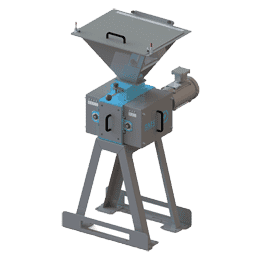
N/A
7-20 BBL
6.5″ x 7.5″ (60 lbs/min)

6.5″ x 7.5″ (60 lbs/min)
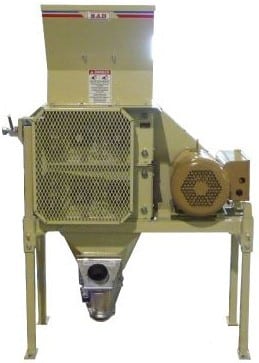
9″ x 6″ (50 lbs/min)
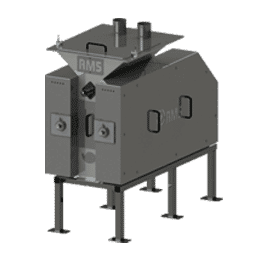
9″x6″ (50 lbs/min)

15-40 BBL
6.5″ x 7.5″ (60 lbs/min)

6.5″ x 7.5″ (60 lbs/min)

9″ x 12″ (83 lbs/min)

9″ x 12″ (83 lbs/min)

30-60 BBL
N/A
N/A
9″ x 18″ (167 lbs/min)
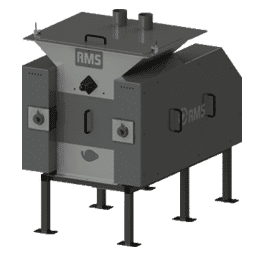
9″ x 18″ (167 lbs/min)



